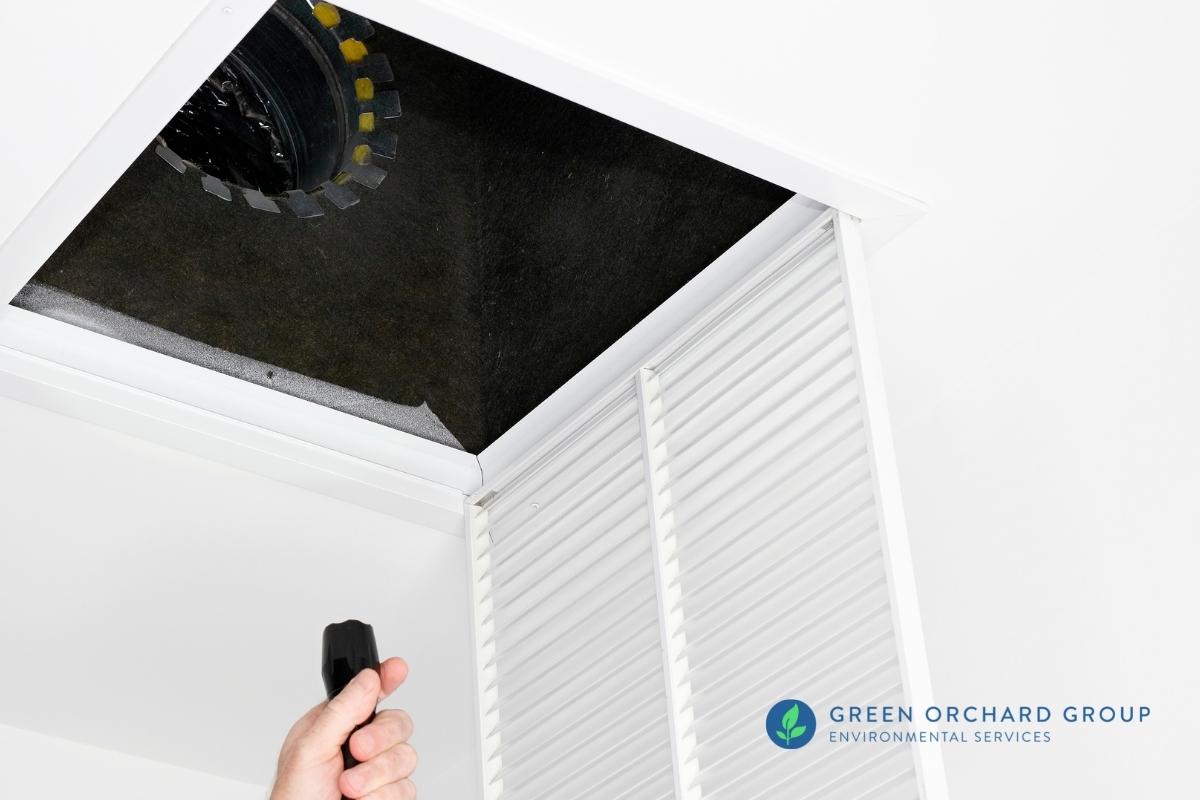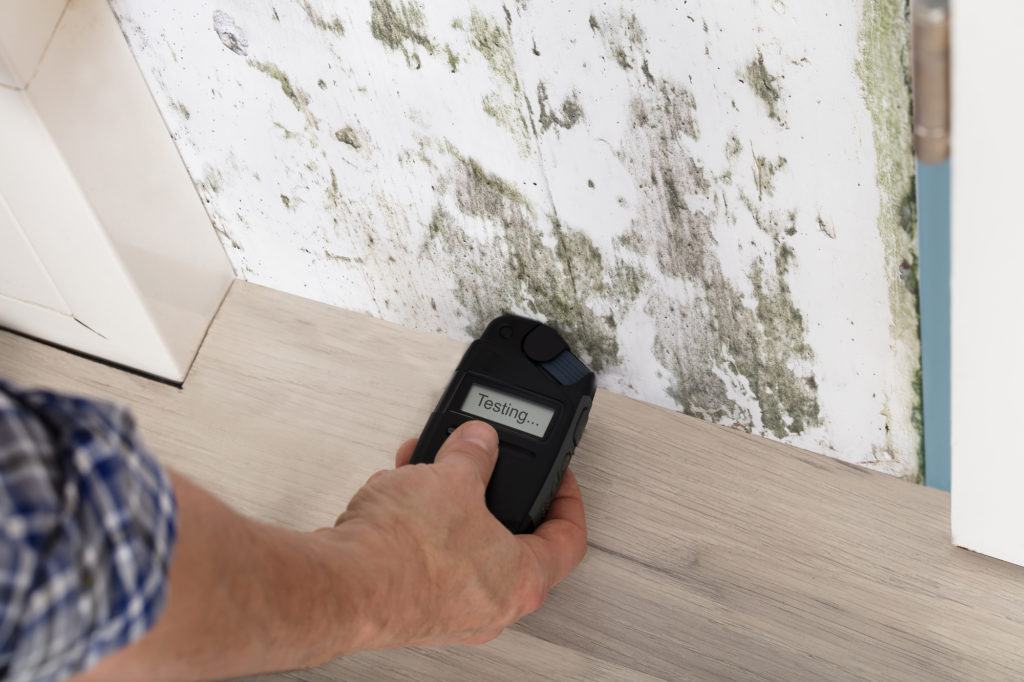Testing Air Quality After Mold Remediation
Wiki Article
Effective Post Mold And Mildew Removal Solutions for Your Home
Mold and mildew growth in homes can be a relentless concern, commonly needing a systematic strategy for efficient post-remediation solutions. From recognizing the elements that contribute to mold and mildew development to applying appropriate cleansing techniques and dampness control steps, the procedure can be elaborate yet critical for preserving a healthy living setting. Post Mold Remediation Report.Recognizing Mold Development Factors
Mold and mildew development is influenced by a selection of variables that are essential to understand in order to successfully resolve and avoid its expansion. Recognizing these elements is crucial in executing effective mold and mildew removal strategies. The main aspect contributing to mold growth is wetness. Mold and mildew spores call for dampness to prosper and sprout, making humid or wet atmospheres very susceptible to mold invasions. Poor air flow can additionally lead to moisture buildup, producing an ideal breeding place for mold and mildew.
Moreover, airflow and light direct exposure can affect mold development. Locations that lack correct air flow and natural light are more susceptible to mold advancement. By dealing with these variables thoroughly, individuals can successfully mitigate mold and mildew growth and secure their living environments.
Appropriate Mold And Mildew Cleaning Methods
Making use of effective cleansing methods is necessary in avoiding the reoccurrence and resolving of mold contamination in interior settings. When dealing with mold and mildew, it is crucial to focus on safety by putting on protective gear such as handwear covers, masks, and goggles. The initial action in appropriate mold and mildew cleansing is to include the afflicted location to stop the spread of spores to uncontaminated locations. This can be achieved by sealing off the space and utilizing air scrubbers or adverse air machines to keep air quality.
Carrying Out Moisture Control Measures
To properly prevent mold and mildew growth and contamination in indoor atmospheres, executing dampness control procedures is paramount. In addition, making certain appropriate air flow in areas vulnerable to moisture accumulation, such as shower rooms and kitchen areas, can help lower the risk of mold and mildew growth. By diligently carrying out these moisture control procedures, house owners can effectively decrease the likelihood of mold and mildew recontamination and preserve a healthy indoor setting.Utilizing All-natural Remediation Solutions
After successfully executing moisture control measures to protect against mold and mildew growth in indoor environments, property owners can now discover the performance of natural remediation remedies in keeping a healthy living space. All-natural removal services utilize environmentally pleasant techniques to battle mold and mold, making them a popular option for those seeking safe options. By including these all-natural remediation solutions right into their cleansing routines, homeowners can effectively battle mold development while promoting a much healthier indoor environment for themselves and their family members.
Preserving a Mold-Free Atmosphere
Frequently examining areas prone to mold and mildew development, such as shower rooms, kitchens, attic rooms, and cellars, is vital. Appropriate air flow in areas with high humidity degrees is likewise essential to avoiding mold and mildew development.Furthermore, preserving sanitation in the home is essential for mold prevention. Maintaining interior plants in check mold removal in home and making sure proper drain in outside landscape design can minimize dampness build-up, minimizing the probability of mold and mildew problems.
Conclusion
In verdict, it is necessary to deal with mold and mildew growth factors, make use of proper cleansing methods, execute dampness control steps, make use of natural removal services, and keep a mold-free atmosphere in order to efficiently manage message mold and mildew remediation in your house - testing air quality after mold remediation. By following these methods, you can avoid mold and mildew from recurring and make sure a healthy and balanced living environment for you and your household
The key element adding to mold growth is dampness. Mold and mildew spores require wetness to germinate and flourish, making moist or moist atmospheres very susceptible to mold problems.To properly avoid mold and mildew development and contamination in indoor atmospheres, applying dampness control measures is critical. Furthermore, guaranteeing appropriate air flow in locations susceptible to moisture build-up, such as washrooms and kitchens, can assist minimize the threat of mold and mildew development.After efficiently applying moisture control measures to avoid mold and mildew development in interior atmospheres, home owners can now explore the performance of all-natural removal solutions in maintaining a healthy and balanced living room.
Report this wiki page